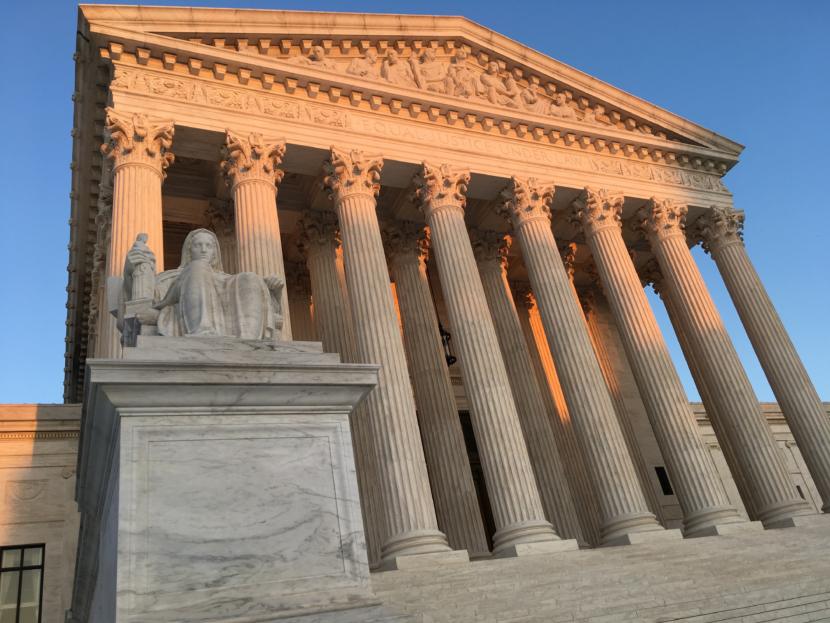
The U.S. Supreme Court potentially dealt a blow on Monday to the Alaska law that limits campaign contributions.
While 9th U.S. Circuit Court of Appeals had upheld the law, the Supreme Court vacated that ruling. The justices told the appeals judges to reconsider the case in light of an earlier case that could call the limits into question.
Jim Crawford is one of the plaintiffs who filed the lawsuit.
“It shows Alaskans that one person or two people who really care and study can take an issue as fundamental as free speech and take it up to the Supreme Court and win,” Crawford said. “It’s great.”
Alaska limits individual donations to $500 per year, or $1,000 over two years.
In 2015, Crawford wanted to contribute more than the annual limit to Amy Demboski, a candidate for Anchorage mayor. He also wanted to give more than the limit to the Alaska Miners Association Political Action Committee.
The Supreme Court noted that Alaska’s limit over two years is more than $600 lower than the lowest amount the court has allowed in the past, adjusted for inflation. It also noted that Alaska’s limit for statewide office is the lowest in the country.
Jason Harrow is a lawyer with Equal Citizens, a national group that advocates for campaign finance reform. Harrow has been working on a different Alaska court case seeking to reestablish contribution limits on groups that are independent of candidates. Harrow said the court could have gone further.
“It didn’t have any argument” in front of the court, Harrow said. “It didn’t have any thorough briefing, and it just kind of kicked it back down to the lower court to say, ‘Hey, maybe look at it this way, rather than the way you looked at it.’”
The Supreme Court’s order was unanimous. But Justice Ruth Bader Ginsburg wrote in a separate statement that Alaska’s contribution limit is different than the limits in Vermont that the court invalidated in 2006. That’s because Alaska allows political parties to contribute more than Vermont did.
Ginsburg also quoted from a district court ruling in favor of Alaska’s limits. She noted that Alaska has the second-smallest legislature in the country and receives much of its revenue from one economic sector — the oil and gas industry. These characteristics make Alaska “highly, if not uniquely, vulnerable to corruption in politics and government.” And this may warrant Alaska’s low limits.
Democratic state Reps. Jonathan Kreiss-Tomkins and Zack Fields both said they would consider setting higher limits if the courts invalidate Alaska’s limits. Kreiss-Tomkins, of Sitka, and Fields, of Anchorage, are the co-chairs of the Alaska Legislature’s House State Affairs Committee, which oversees elections-related bills.
